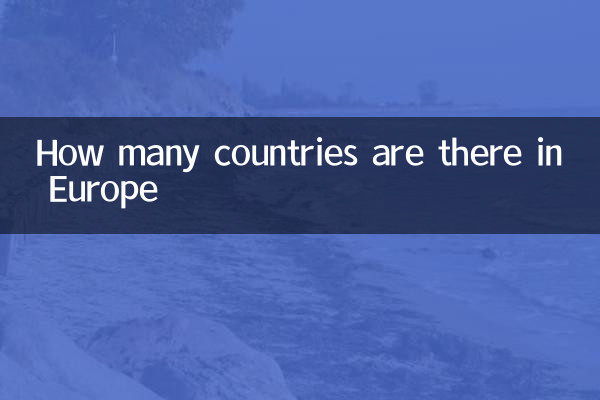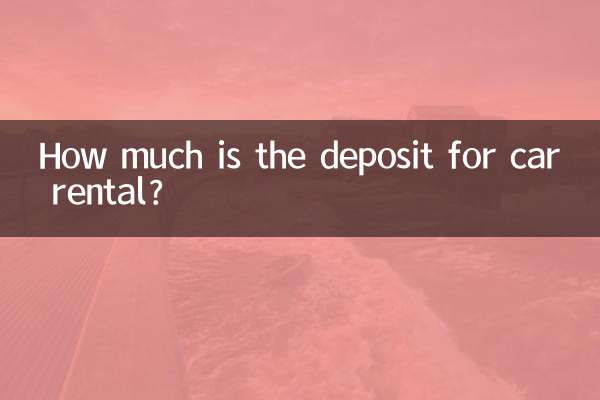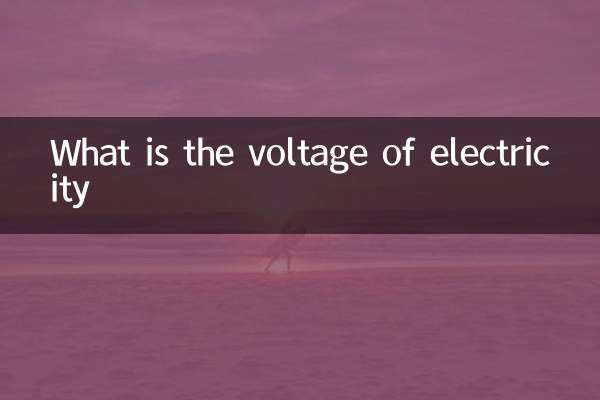How many countries are there in Europe?
As one of the seven continents in the world, Europe is known for its rich history, culture and geographical diversity. However, how many countries there are in Europe is a frequently discussed topic. This article will combine the latest geographical and political data to answer this question in detail for you, and attach structured data for reference.
1. Number of European Countries

The number of countries in Europe is not fixed but adjusts as the political landscape changes. Currently, there are 44 European sovereign states that are generally recognized internationally. Here is a list of European countries divided by region:
| area | Number of countries | Representative countries |
|---|---|---|
| Nordic | 8 | Sweden, Norway, Finland, Denmark, etc. |
| Western Europe | 9 | France, Germany, Netherlands, Belgium, etc. |
| Southern Europe | 15 | Italy, Spain, Portugal, Greece, etc. |
| Eastern Europe | 12 | Russia (European part), Poland, Ukraine, etc. |
2. Disputed areas and special cases
In addition to the above-mentioned 44 sovereign countries, there are also some disputed areas or special political entities in Europe:
| name | state | Remark |
|---|---|---|
| Kosovo | partial admission | Recognized by more than 100 United Nations member states |
| Northern Cyprus | partial admission | Only recognized by Türkiye |
| Gibraltar | british overseas territories | Sovereignty is in dispute |
3. The latest hot spots in European countries
According to the hot topics and hot content on the Internet in the past 10 days, the following topics related to European countries have received widespread attention:
| hot topics | Countries involved | heat index |
|---|---|---|
| Latest developments in the Russia-Ukraine conflict | Ukraine, Russia | ★★★★★ |
| Preparations for the British general election | U.K. | ★★★★ |
| France Olympic preparations | France | ★★★☆ |
| German recession warning | Germany | ★★★ |
4. Geographic characteristics of European countries
Although European countries are small in area, they have extremely diverse geographical features:
| geographical features | represent the country | Features |
|---|---|---|
| island country | Iceland, Malta, Ireland | Surrounded by sea |
| landlocked country | Switzerland, Austria, Hungary | no coastline |
| microstate | Vatican City, Monaco, San Marino | Area less than 1000 square kilometers |
5. Summary
To sum up, there are currently 44 widely recognized sovereign states in Europe, distributed in four main regions: Northern Europe, Western Europe, Southern Europe and Eastern Europe. In addition, there are several disputed regions and political entities. Although there are many European countries, each country has its own unique history, culture and development trajectory, which together constitute the diverse charm of this continent.
It is worth noting that as the international political landscape changes, the number of European countries may be adjusted. For example, the Scottish independence referendum and the Catalan independence movement may affect the number of European countries in the future. Therefore, this number is not eternal, but will evolve with historical development.
We hope that the structured data and analysis in this article can help you have a clearer understanding of the composition and latest developments of European countries. Whether you are a geography learner, political observer, or travel enthusiast, having this basic information will be of great benefit.

check the details

check the details